PinnacleOne ExecBrief | Navigating the Era of AI in Cybersecurity: Challenges, Opportunities & Emerging Solutions
Last week, PinnacleOne detailed how geopolitical dynamics and cyber threats drive risk for firms investing in or building strategic technologies.
This week, we focus on how emerging generative AI tools are accelerating cybersecurity defensive capabilities, with a deep dive on SentinelOne’s newly released Purple AI.
Please subscribe to read future issues — and forward this newsletter to interested colleagues.
Contact us directly with any comments or questions: pinnacleone-info@sentinelone.com
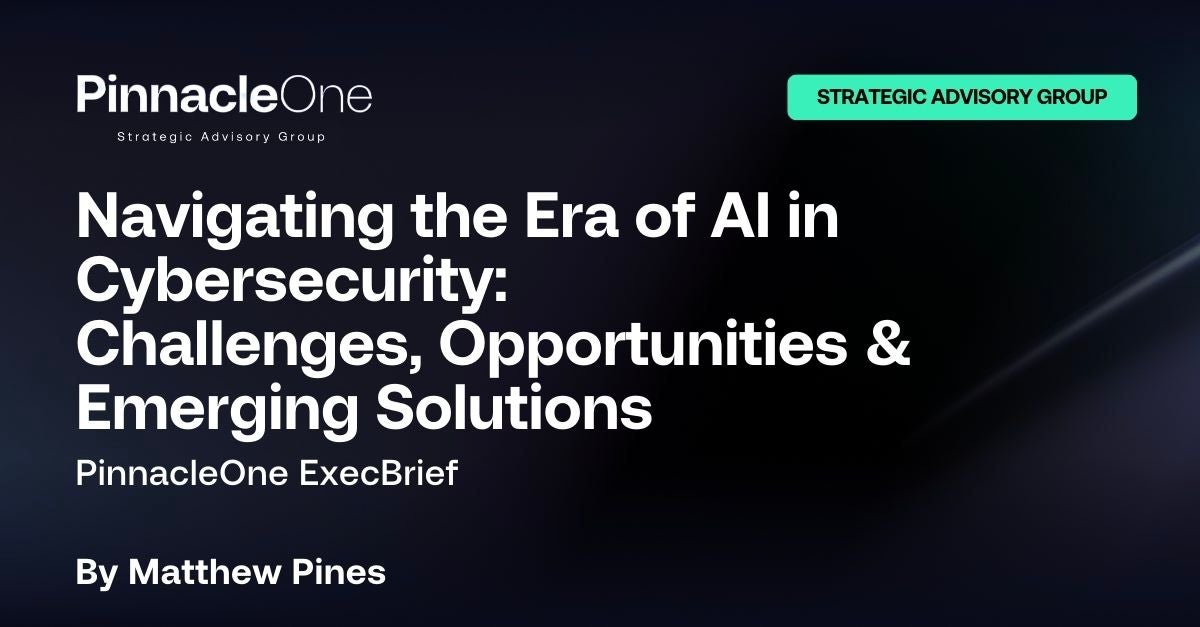
Insight Focus | Navigating Cybersecurity in the Era of AI: Challenges, Opportunities, and Emerging Solutions
The rapid advancement of artificial intelligence (AI) has transformed the landscape of cybersecurity, presenting both promising innovations and potential risks. As AI becomes increasingly integrated into the strategies of both attackers and defenders, organizations must adapt to this new reality and develop effective approaches to safeguard their assets and maintain a competitive edge.
The landscape of generative AI is shifting and different firms will face different challenges and opportunities based on their position in the value chain. Risk management practices and effective tools are still in development, even as the pressure to deploy solutions for competitive advantage grows.
In the cybersecurity space, it is critical to balance innovation with security, pace with integrity, and simplicity over complexity. At the same time, adversaries and criminals are willing to take risks and experiment. Defenders must run faster, iterate more effectively, and stay ahead of the growing threat to the modern enterprise.
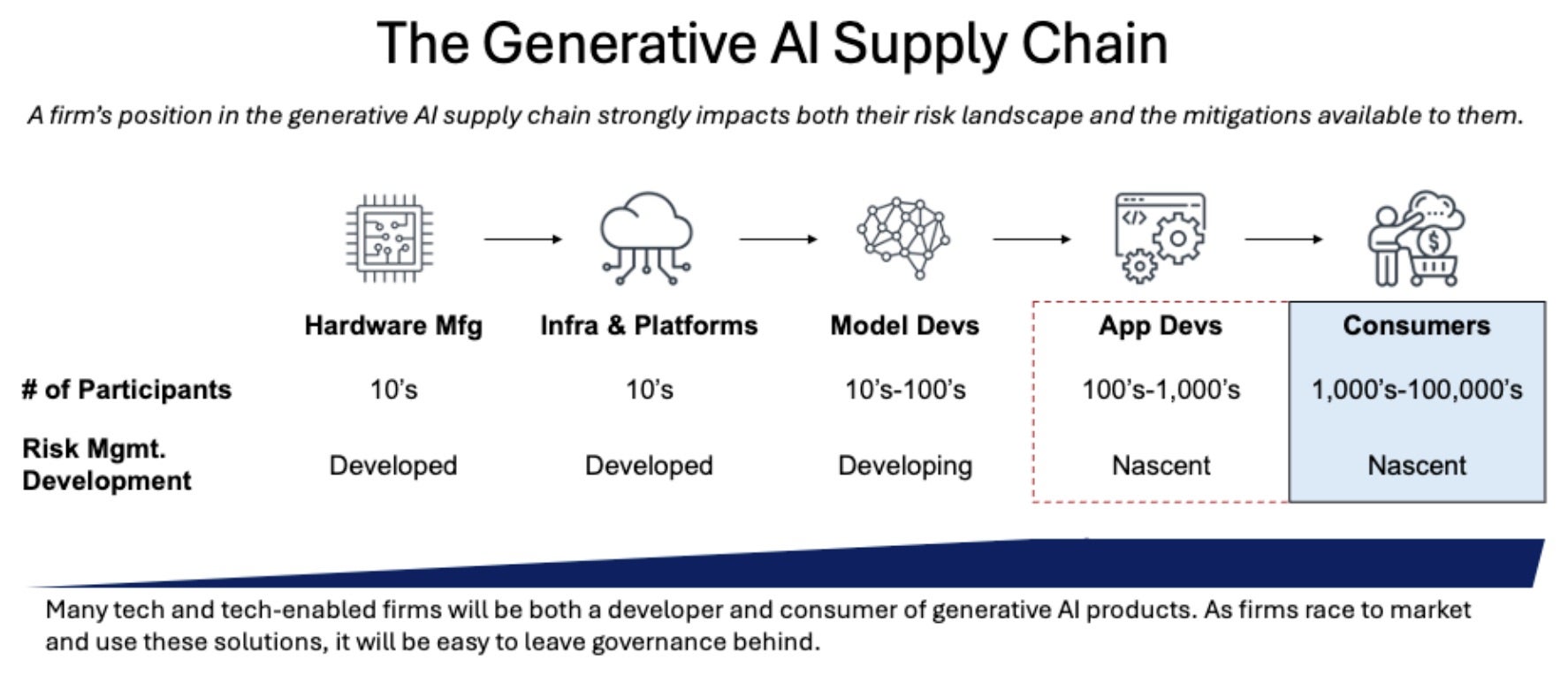
The Impact of AI on Cyber Threats and Defenses
AI has emerged as a double-edged sword in the realm of cybersecurity. Malicious actors, ranging from state-sponsored groups to opportunistic hackers, are leveraging AI to accelerate their activities, up-level capabilities, refine tactics, techniques, and procedures (TTPs), and launch more sophisticated attacks.
In response to these evolving threats, the cybersecurity industry is harnessing the power of AI to develop advanced defensive capabilities. SentinelOne is deploying its own AI technologies as a force multiplier for security teams, enabling organizations to keep pace with the increasing volume and complexity of cyber attacks.
Purple AI | Pioneering AI-Powered Cyber Defense
As security challenges become increasingly data-driven, traditional approaches to threat detection and response are proving insufficient. Security analysts often find themselves overwhelmed by the sheer volume of alerts and the complexity of the threat landscape, leading to alert fatigue and delayed response times.
Enter Purple AI: an innovative AI-powered cyber defense solution designed to streamline and enhance security operations. Developed by SentinelOne, Purple AI leverages generative models and natural language processing to empower analysts to interact with threat intelligence and security data in a more intuitive and efficient manner. By simply asking questions in natural language, analysts can quickly identify suspicious activities, uncover hidden threats, and receive context-aware insights and recommendations for remediation.
Purple AI is built upon a set of core design principles that prioritize helpfulness, accuracy, responsiveness, safety, transparency, adaptability, and comprehensiveness. These principles ensure that the solution reduces the burden on security teams, delivers up-to-date and accurate responses, enables SecOps at the pace of conversation, respects trust and security boundaries, provides clear insights into its workings, continuously improves with use and feedback, and offers a familiar and comprehensive approach to getting work done.
The integration of AI into cyber defense solutions like Purple AI democratizes threat hunting and response, empowering even less-experienced security teams to rapidly detect and mitigate threats that would have previously required significant time and expertise. This levels the playing field against sophisticated cyber adversaries and enables organizations to respond to incidents with greater speed and accuracy.
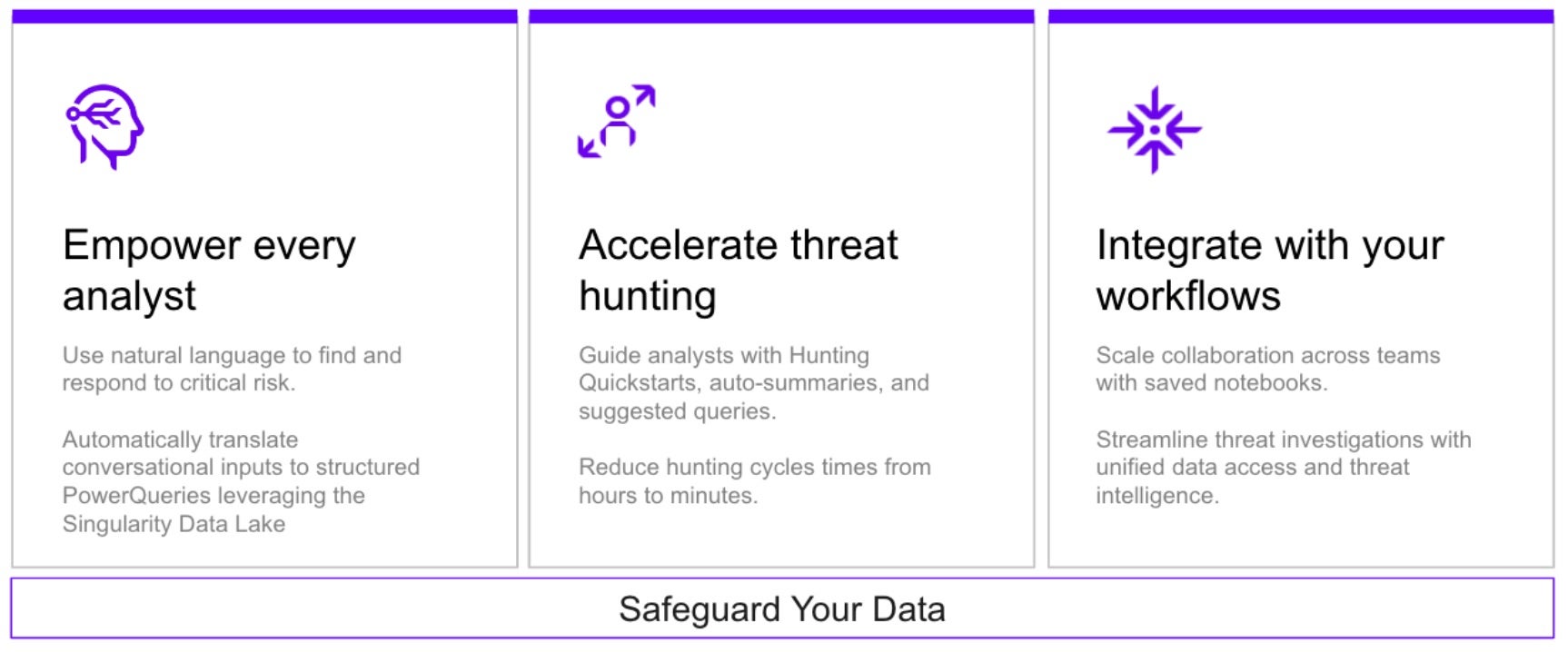
Navigating the Risks and Challenges of AI in Cybersecurity
While AI offers immense potential for enhancing cybersecurity, its adoption across the enterprise in diverse use cases introduces new risks and challenges that organizations must navigate. Effective AI risk management requires a holistic approach that encompasses regulatory compliance, technology and security, data privacy, reputation management, legal considerations, and operational resilience.
Cross-functional collaboration is essential for successful AI risk management. Information security, legal, and enterprise technology teams must work together to ensure a cohesive and comprehensive approach to AI governance and security. Bridging the gap between AI developers, product managers, trust and safety teams, and infosec professionals is crucial for addressing emerging AI security challenges effectively.
Moreover, AI safety and security assurance goes beyond traditional information security practices. It requires a broader perspective that includes assessments of model fairness, bias, harmful content, and potential misuse. Security practices must not only emulate the tactics of malicious actors but also consider the unintended consequences of AI systems and the potential for inadvertent data leakage or misuse by regular users.
As AI systems become more autonomous and powerful, organizations must establish robust controls and governance frameworks to ensure responsible development and deployment. The geopolitical implications of AI in cybersecurity cannot be overlooked, as nation-states compete for strategic advantage in this domain.
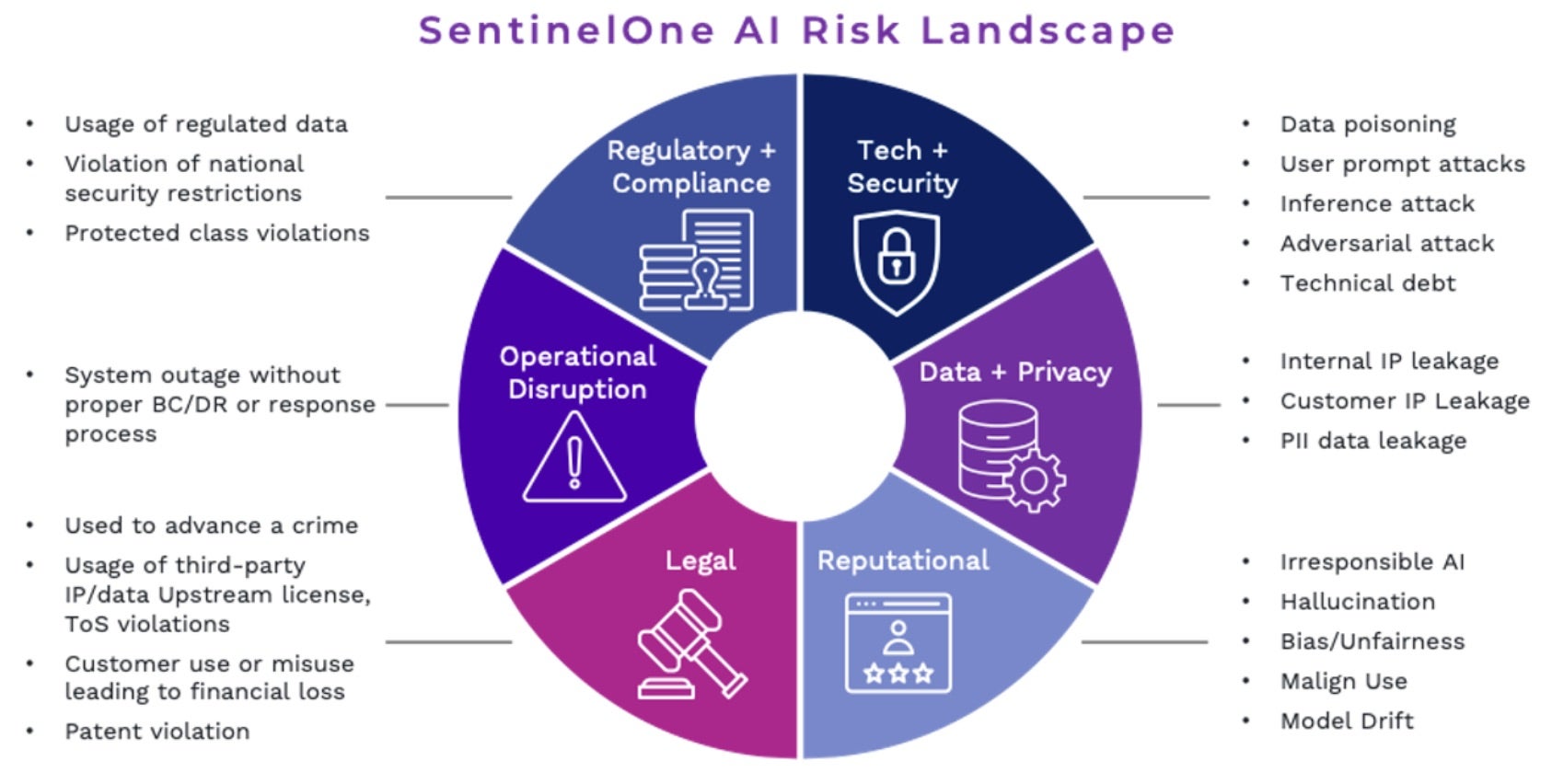
Embracing Responsible AI in Cybersecurity
The era of AI in cybersecurity presents both challenges and opportunities for organizations. By adopting a proactive and responsible approach to AI development and deployment, organizations can harness the power of AI to enhance their defenses while mitigating associated risks.
Embracing AI-powered solutions like Purple AI – which adhere to principles of transparency, adaptability, safety, and comprehensiveness – can enable organizations to stay ahead of evolving cyber threats. However, maintaining a balance between innovation and risk management requires ongoing collaboration, adaptability, and a commitment to responsible AI practices.
As the cybersecurity landscape continues to evolve, organizations must remain vigilant, agile, and informed about the latest developments in AI and its implications for cyber defense. By fostering a culture of continuous learning, collaboration, and responsible innovation, organizations can navigate the challenges and opportunities of AI in cybersecurity and build a more secure and resilient future.
If you are interested in learning more about SentinelOne’s Purple AI or PinnacleOne’s approach to AI risk management and cybersecurity strategy, please reach out.

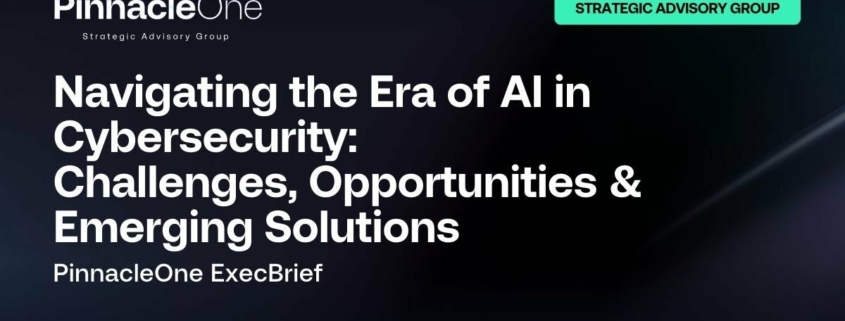


Leave a Reply
Want to join the discussion?Feel free to contribute!